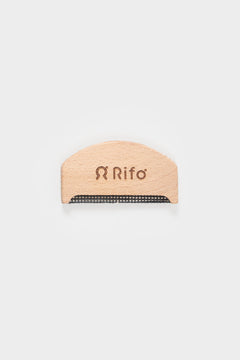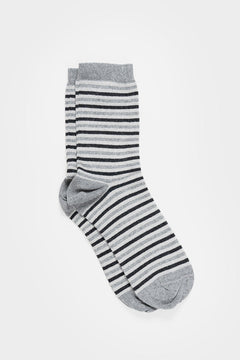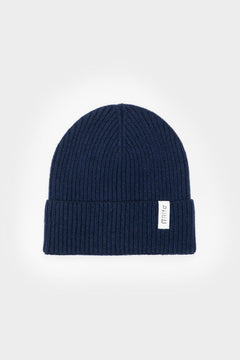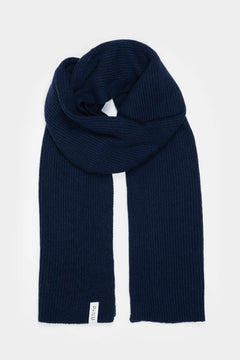When the global pandemic hit last year, people, locked in their homes, had to face one fact: too many clothes in their closets. Too many disposable things, made to be thrown away after a few uses.
Suddenly, the need to get rid of them increased. We opened our closets and started digging deep, even looking a little bit inside ourselves. Thus decluttering , tiding or simply finding a new destination for all those almost useless things, have become topical issue, a possible engine of post-pandemic recovery.
Circular economy, applied not only to the textile industry, is thus becoming the promise of a change in many economic fields. We hope that it will actually be a turning point towards a more sustainable consumption and production model.
Which circular fields can drive the post-Covid recovery?
How can waste really become the engine of a new post-Covid-19 circular economy?
There are some economy sectors that can easily turn into circular, because they always have been, or because they have facilities from a technological point of view. Other ones instead, must rethink themselves and do research to follow this direction.
In this report by the by the Ellen Mcarthur Foundation, there is an interesting focus on the most interesting strategies and business opportunities to build an economic recovery with low CO2 emissions, ideas that go beyond the waste reuse circular economy.
These are some of the most promising sectors:
- Constructions, through energy efficiency, ecological and waste materials
- Hybrid, shared and multimodal mobility
- Reusable and recyclable packaging
- Circular fashion, made with recycled materials, but also the resale of second hand
- Food, in relation not only to the production chain but also to the optimization of waste and unsold items
Which are the waste that can be recycled?
Unfortunately, not everything can be recycled and a lot depends on the sustainable design.
Regarding the textile sector, fibers with 3, 4 different materials in their composition are certainly more difficult to treat and result is definetely a lower quality recycled product. Here's the video were we explained it.
This concept by extension can be applied to various domains, the packaging one for example. How many times do we find packaging made up of both plastic and paper that are so difficult to dispose of properly?
Whether it's the bread packaging of the supermarket, a sweater or a piece of furniture, to know what can be recycled and how to do it right, the rule to apply is always the same.
Look at the composition label, and ask yourself "what is made of? ", " how long will I use it? " "how can I dispose it? ".
The importance of reuse, recycling and waste optimization
What seems very interesting about the Ellen Mcarthur's report is that the concept of circular economy is not only expressed through the idea of recycling, but also through the idea of reuse.
There are many ways to be part of the circular economy change. The key is not only trasforming a waste into a new resource, but also extending the life of things as much as possible, delaying their state of waste, optimizing and discarding as less material as possible.
Technologies related to recycling need research, innovation and infrastructures to make progress and be real. Furthermore, we need important steps from a legislative point of view. The propulsive turning point for the circular economy based on recycling, need that an old garment could be considered not as a textile waste, but as an economic value asset, not simply something to be disposed of.

Unlike recycling, reuse and waste optimization are business models and daily habits much easier to put into practice, even starting from the bottom.
Again about packaging, there are more and more activities that work to make it reusable over the time. The Finnish startup Repack for example, which created a robust packaging system for e-commerce, which can be used endlessy. We as Rifò are now using it from less than one year and the feedbacks are excellent: about 15% of our customers have chosen Repack, despite the extra cost of € 3.

Among the new ways of recycling, there is even production-waste, another kind of engine for circular economy.
If we think that everything produced had an impact on the environment, nothing deserves to be thrown away or wasted.
This concept can also be applied to clothing. We at Rifò for example, on a very small scale, are creating zero waste products, made with production leftovers that would otherwise be thrown away.

The same approach can (and is already) applied to the food sector for example, where very often perfectly edible food is thrown away. Just to give some numbers in Europe, only 16% of food waste is revalued, and food waste generates 1.6 billion tons of waste every year in the world.
Textile industry as an engine for circular economy
According to Ellen Mcarthur, buying a second-hand piece of clothing saves about 1 kg of waste, 3040 liters of water and 22 kg of CO2.
If, as the report says, the trend of second hand clothing will really grow in 10 years from now, an important role will also concern the production of clothing. Will we be able to produce garments made to last, just as it was before fast fashion?
We at Rifò accepted the challenge. We work every day with this mission: to build a circular fashion.
Discover our recycled jeans, cotton and cashmere collections in our online shop!








